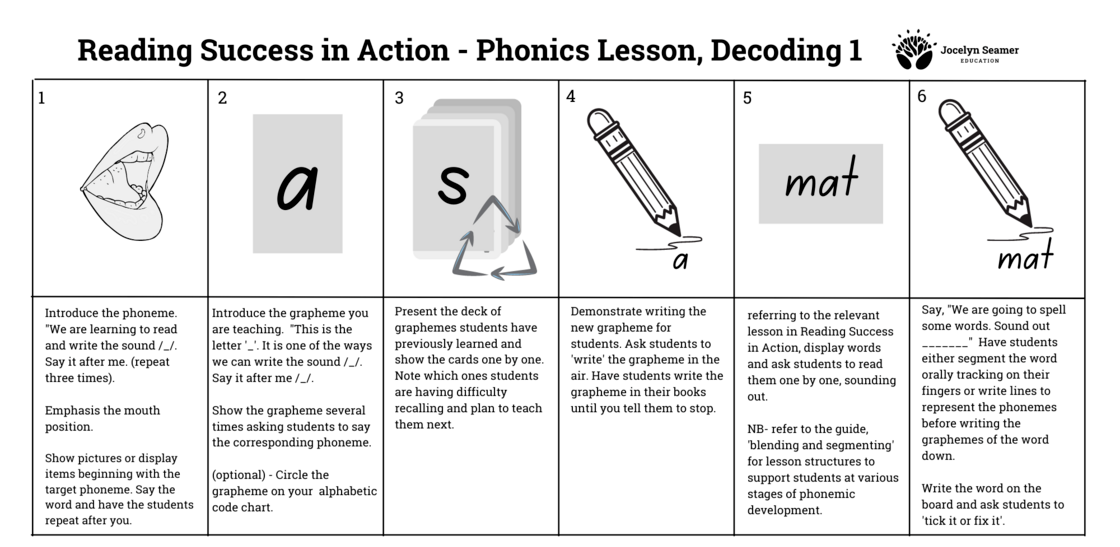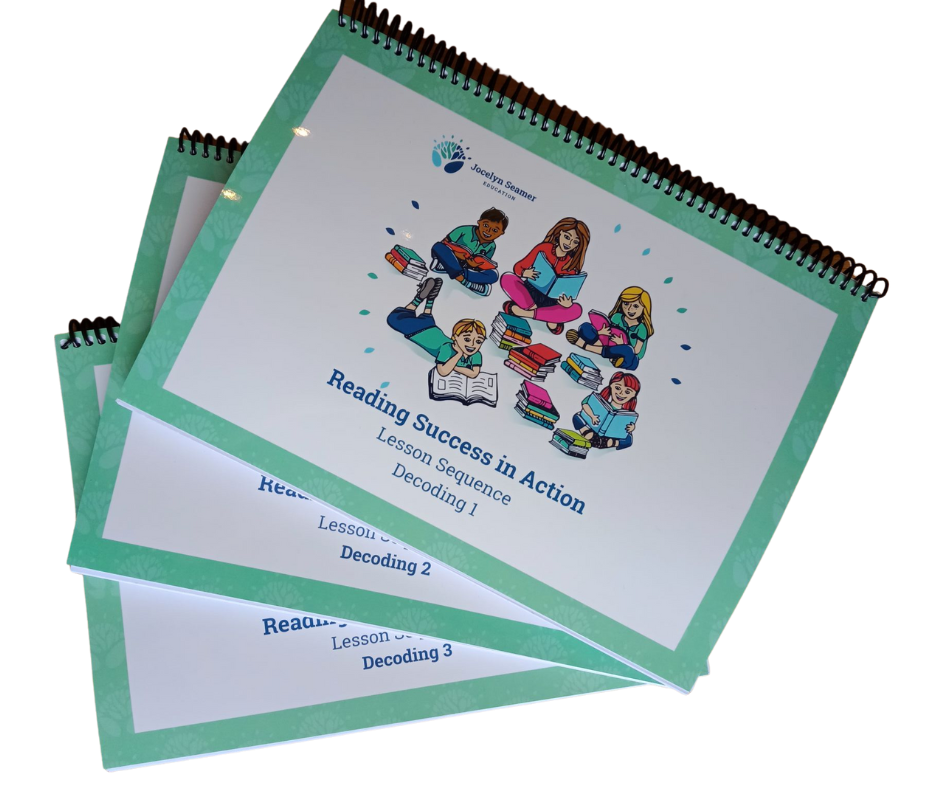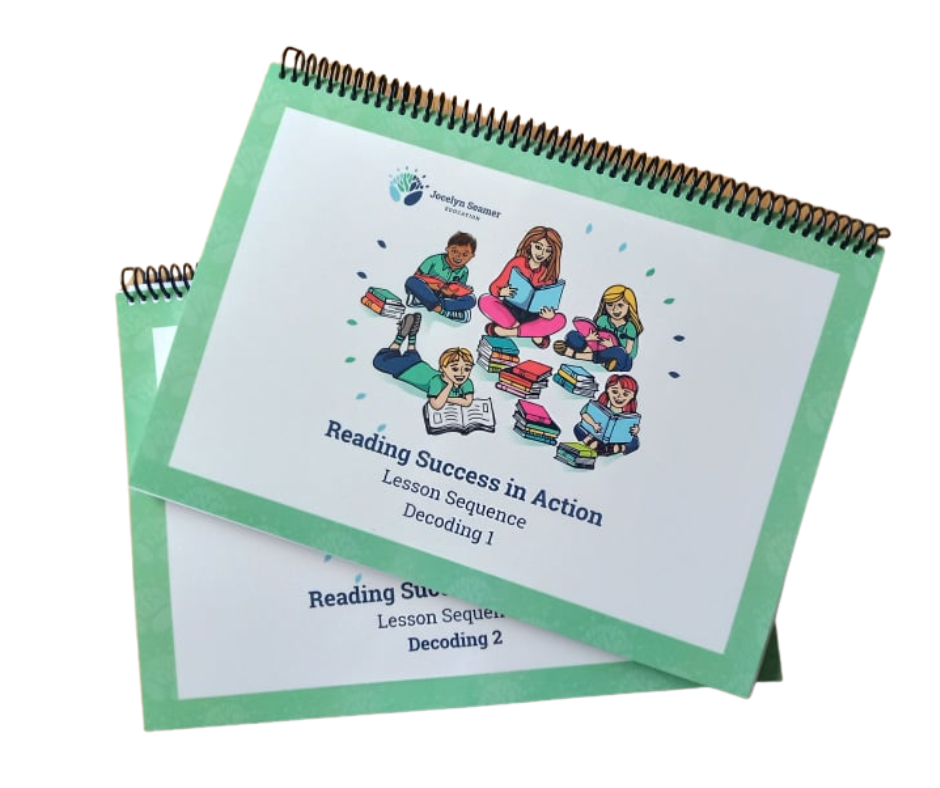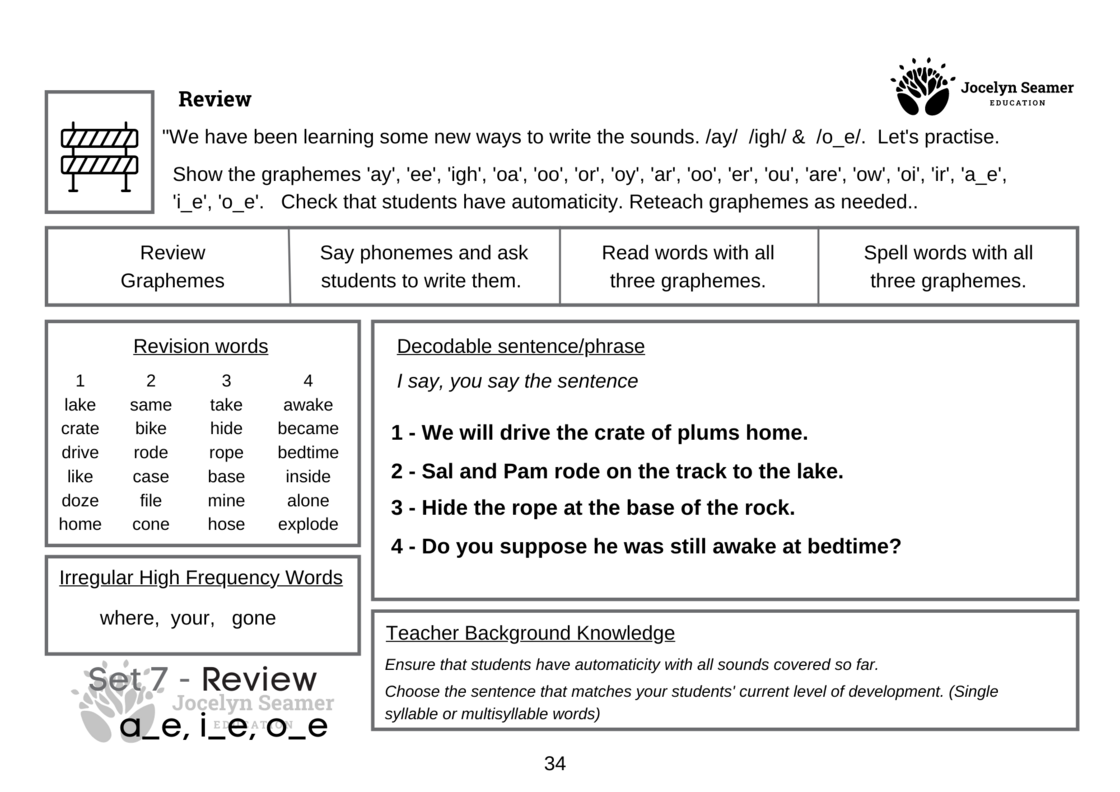You Don't Have to Eat the Whole Elephant Today

When we look at all of the things we are meant to do in a day the pressure of it all can leave us paralysed and feeling like a failure. For those of us with a passion for the reading science, the drive to do it all NOW can overwhelm not only us, but the teams around us. When we look at the Facebook groups and watch the webinars, it can be hard not to feel like a failure as we see that there are so many hurdles to jump to create change in our schools. When we feel overwhelmed, the way to keep hope and our wellbeing alive is to take small positive actions. Any achievable step that gets us a step closer to the goal is a worthwhile one.

Of course, it would be great if we could snap our fingers and make everyone new and shiny, but that is simply not the reality. So, here are a few suggestions of ways that you can make small changes to make a big difference. Remember, just pick ONE to get you started or keep up momentum.
- Teach using a good strong, systematic synthetic phonics approach. This doesn’t need to be a commercial program, but you might choose a prepared tool to save you time and headspace. Remember that perfection is the enemy of progress. Something valuable done imperfectly is way better than not getting started at all.
- Teach reading and spelling at the same time – this lesson will take approximately 20 minutes per day.

- You don’t have to do this for every grade all at once. Start with the foundation year. The next year roll it out in year 1 and year 2 the year after that.
- Repurpose the sight word program. Take out the easily decodable words (in, at, which, that) and just leave in the irregular words that will be most frequently used (was, is, are, the etc). When you teach them, point out the regular and irregular parts of the words. Limit the words to those that they need to read particular texts or that children need most for writing.
- Make sure that your beginning readers have access to decodable texts (via an app if necessary)

- If you can’t eliminate predictable texts altogether, negotiate the highest possible level before giving access. So, if you can get your school to agree that any child under a level 20 doesn’t get access to them, that is a good start.
- If you can’t get all of your students access to a quality systematic synthetic phonics approach, get your struggling readers access and go from there.
- Repurpose predictable texts as ‘guided speaking’ resources instead of guided reading. Better still, conduct guided reading with decodable texts and focus on sounding out as THE strategy for tackling unfamiliar words.
- If you don’t have a budget for decodables, download free ones. You can type up your own decodable texts onto A4 pages (no colour) that can be printed. Use a simple phonics assessment to determine current levels and next steps.
- Share information with your school community about the science of reading. Pop a weekly tip about how parents can support their children at home in the newsletter. Share positive news stories about the progress students are making as well.
- Introduce a phonics assessment such as the one below. This is an informal assessment, but it will allow you to closely monitor student progress in phonics.

Assessment Available as part of Reading Success in Action
- Work with a colleague teacher to make your changes across classes. Data is easier to pay attention to if it comes from more than one class.
- Share resources, articles and information with your colleagues and be willing to host collaborative learning sessions for the school or just anyone who is interested.
- Make sure that homework matches the learning children are experiencing in class and is targeted to the needs of students.
- Include morphology and etymology in novel study in the upper primary. Back this up with short, daily review lessons on your chosen morphemes.
- Be clear about what your expectations are regarding student writing. Match these expectations to the student’s level of transcription.
Remember the old joke. “How do you eat an elephant?” “One bite at a time”. The same goes for navigating change. You will usually be constrained in your efforts by your school’s policy or approach. Even if you can’t make the changes you want all at once, you will be able to take small steps in positive action that get you closer to your goals. Every small action you can take towards a structured approach to reading instruction will benefit your students.
Are you looking for a simple tool to reduce your planning time and provide explicit instruction in phonics and decoding? Reading Success in Action can help.
Looking for simple to use lesson sequences to help you teach phonics and decoding without breaking the bank? Learn more about Reading Success in Action here.


 Jocelyn Seamer Education
Jocelyn Seamer Education

2 comments
Thank you! Just received my Reading Success in Action Decoding 1 and 2. Now to begin making small changes.
Leave a comment